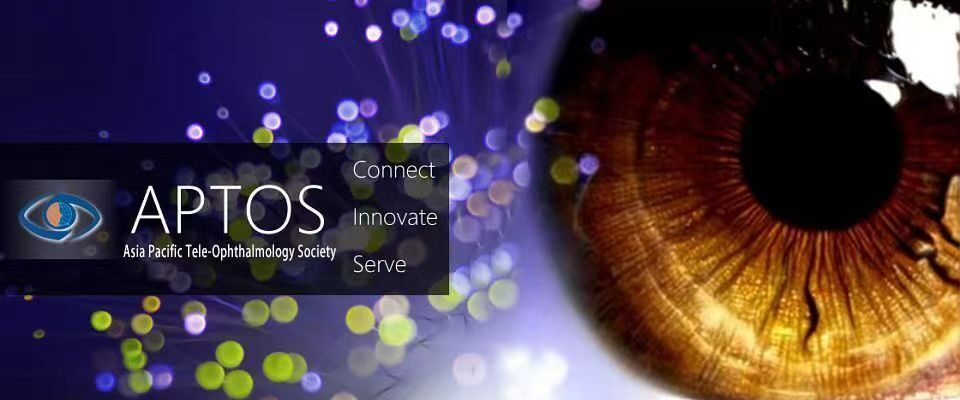- PMID: 27444188
- DOI: 10.1177/1357633X16660640
Abstract
Introduction Advances in imaging capabilities and the evolution of real-time teleophthalmology have the potential to provide increased coverage to areas with limited ophthalmology services. However, there is limited research assessing the diagnostic accuracy of face-to-face teleophthalmology consultation. This systematic review aims to determine if real-time teleophthalmology provides comparable accuracy to face-to-face consultation for the diagnosis of common eye health conditions. Methods A search of PubMed, Embase, Medline and Cochrane databases and manual citation review was conducted on 6 February and 7 April 2016. Included studies involved real-time telemedicine in the field of ophthalmology or optometry, and assessed diagnostic accuracy against gold-standard face-to-face consultation. The revised quality assessment of diagnostic accuracy studies (QUADAS-2) tool assessed risk of bias. Results Twelve studies were included, with participants ranging from four to 89 years old. A broad number of conditions were assessed and include corneal and retinal pathologies, strabismus, oculoplastics and post-operative review. Quality assessment identified a high or unclear risk of bias in patient selection (75%) due to an undisclosed recruitment processes. The index test showed high risk of bias in the included studies, due to the varied interpretation and conduct of real-time teleophthalmology methods. Reference standard risk was overall low (75%), as was the risk due to flow and timing (75%). Conclusion In terms of diagnostic accuracy, real-time teleophthalmology was considered superior to face-to-face consultation in one study and comparable in six studies. Store-and-forward image transmission coupled with real-time videoconferencing is a suitable alternative to overcome poor internet transmission speeds.
Keywords: Remote consultation; teleconsulting; telemedicine; teleophthalmology.



